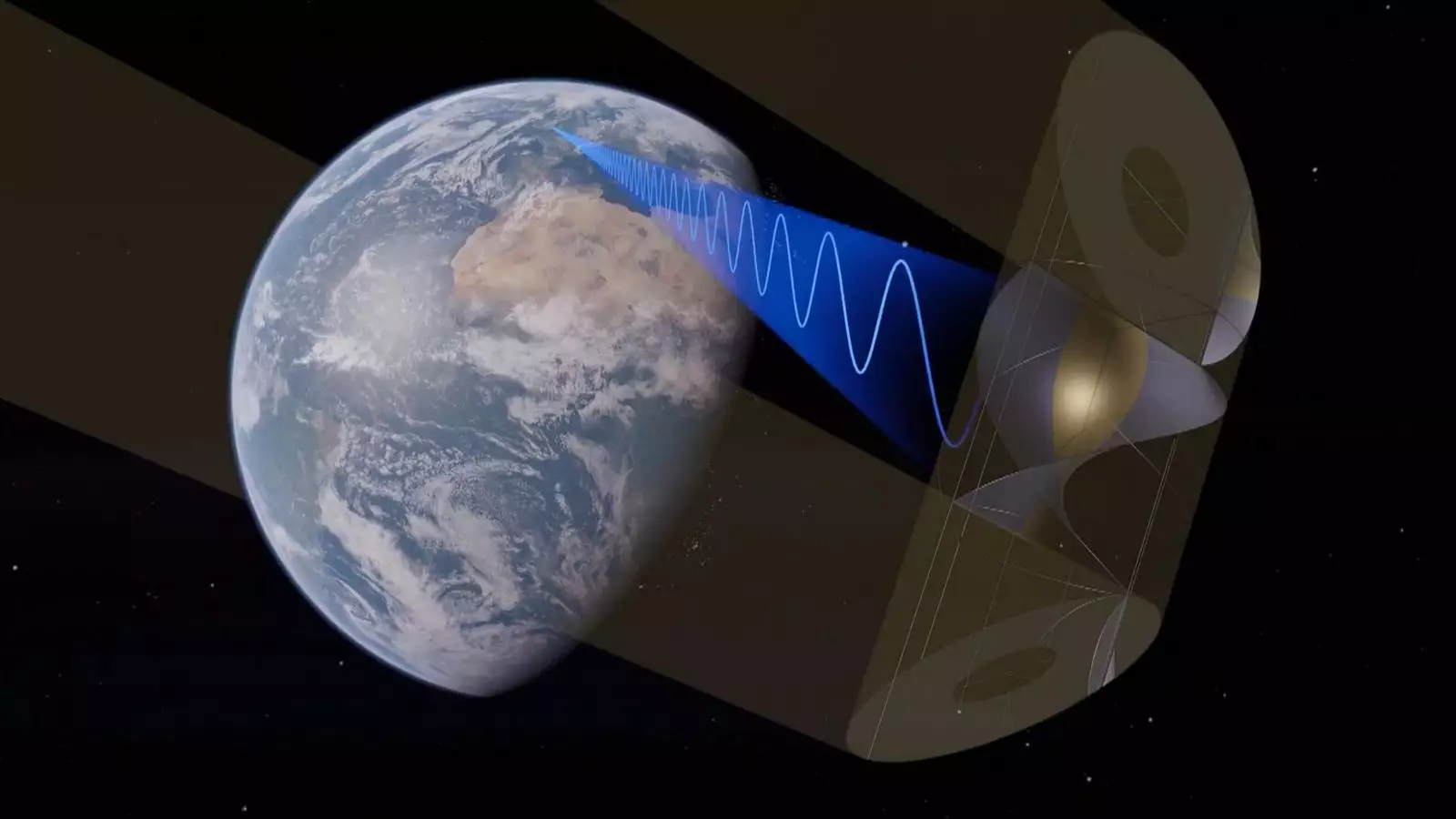Space Solar, an Oxfordshire-based company, is on the brink of launching the first solar farm into space. Their innovative design, known as CASSIOPeiA, aims to power over a million homes by the 2030s using a mile-wide complex of mirrors and solar panels orbiting 22,000 miles above the Earth. The technology involves the precise rotation of the system towards the sun to ensure constant sunlight harvesting, while simultaneously transmitting power to a fixed receiver on the ground.
Solar panels in space have the potential to capture 13 times more energy compared to those on the ground. This efficiency is attributed to the higher light intensity in space, as well as the absence of atmospheric interference. Although there may be some energy loss during the transmission back to Earth, space-based solar energy still outperforms ground-based solar generation. The ability to produce power continuously makes this technology appealing for providing a reliable “baseload” to support other renewable sources.
One of the main challenges for space-based solar energy is ensuring the safety of transmitting power back to Earth via microwave beams. Space Solar founder, Martin Soltau, emphasizes that the energy levels transmitted are minimal compared to the midday sun at the equator and would be directed towards designated receiving stations. Safety measures are integral to the design, with receiving antennas likely to be located offshore to mitigate any potential risks to the public.
Despite the exciting advancements in space-based solar energy, there is a need for further research to address environmental implications. Dr. Jovana Radulovic, an energy expert at the University of Portsmouth, highlights the importance of substantiating claims about the technology’s low carbon footprint, especially considering the carbon emissions associated with multiple rocket launches. While the emissions may be comparable to those of renewable energy sources, the possible pollution effects on the upper atmosphere must also be taken into account.
Space Solar has initiated discussions with SpaceX to explore the deployment of their solar power station using Starship, SpaceX’s powerful rocket. The assembly of the station in orbit would require 68 launches, a task made feasible by the advancements in rocket technology that have significantly reduced the cost of space travel. Mr. Soltau envisions a transformative shift in space exploration capabilities, unlocking opportunities that were previously deemed unattainable.
The development of space-based solar energy by companies like Space Solar represents a pioneering step towards sustainable and efficient energy production. While the technology offers immense potential benefits, it is crucial to address safety, environmental, and logistical challenges to ensure its successful implementation. With continued innovation and collaboration with leading space agencies, the future of solar energy may indeed lie beyond the confines of our planet.

Leave a Reply